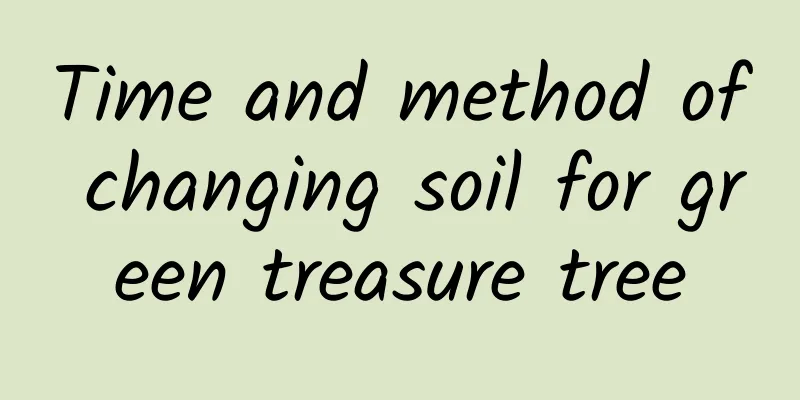Where is the best place to plant tea oil?

Camellia oleifera planting conditionsOil tea prefers a warm and humid environment with a relative humidity between 74% and 78%. The average annual rainfall should be above 1,000 mm. It is not very demanding on the soil, which is relatively poor. It is best planted in acidic yellow soil or red soil with a pH of 5 to 6. It is also suitable for planting in loose, fertile, well-drained sandy loam. Camellia oleifera planting climateOil tea likes warmth and is not cold-resistant. It requires an annual average temperature of 16-18 degrees and an average temperature of 12-13 degrees during the flowering period. Sudden low temperatures or late frosts will cause flowers and fruits to fall. In places with sufficient sunlight, it will produce more fruits with a high oil content. Camellia oleifera planting areaCamellia oleifera is adaptable to soil and light, and is suitable for growing in acidic soil with deep soil layers. It cannot be planted in places with many stones and hard soil. Camellia oleifera grows in the subtropical regions of southern China, generally distributed in mountains and hilly areas. It is a high-grade oil crop, mainly concentrated in the five provinces of Zhejiang, Jiangxi, Henan, Hunan and Guangxi. Tea tree planting timeThe time for planting oil tea is usually chosen in November-December in winter or March-April in spring. This is also the most suitable time to plant oil tea because the temperature is suitable, which is conducive to the root growth of oil tea seedlings and also helps to improve the survival rate of oil tea. Benefits of Camellia oleifera cultivationThe seeds of Camellia oleifera contain more than 30% oil and can be eaten, used as medicine, hair conditioner, and used to make candles and soaps. They have high utilization value in themselves. Tea seed meal is raw material for light industry, food, chemical industry, etc. Tea seed shells can also be made into activated carbon and other substances. Washing your hair with tea tree ash has an inhibitory effect on lice including insect eggs, and has very high economic value. |
<<: How to save the seeds of Huang Guniang fruit
>>: What to do if the Gesang flowers are too dense
Recommend
These succulents, just one pot will bring you good fortune, cute and auspicious
1Dharma Fu Musume The first thing Huahua wants to...
Spring leaf cutting method
1. Leaf cuttings are not feasible For spring ju, ...
The efficacy and function of mountain peach blossom
1. Anti-inflammatory Mountain peach blossom has a...
The efficacy and function of Hami melon
1. Relieve heat Hami melon can be used as one of ...
How many years does it take for blackberries to bear fruit?
Introduction to growing blackberries When plantin...
How to grow silver willow flowers
1. Put into container First, find a container to ...
What flowers are suitable for growing in Jiujiang? What are the city flowers and trees?
1. Climate characteristics of Jiujiang Jiujiang h...
The efficacy and function of konjac
Medicinal value Lubricates the intestines and hel...
How to grow azalea in the north, the secret of growing azalea in the north
1. Pot soil preparation Rhododendrons are more su...
When is the best time to take cuttings of osmanthus trees in the north? How to take cuttings?
1. Cutting time Its cuttings are usually chosen i...
Why can't cypress be planted at home? Where can cypress be planted at home?
Can I grow cypress trees at home? It is very appr...
Why are the leaves of Schefflera turning yellow?
1. Improper watering If too much water is given d...
The efficacy and function of money grass
Treating stones Moneywort can be used to treat st...
Can mint be grown hydroponically?
Can mint be grown hydroponically? Mint can be gro...
How to reproduce coral
Reproduction method The most common method of pro...









